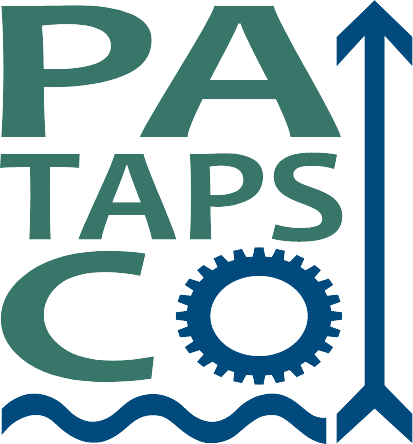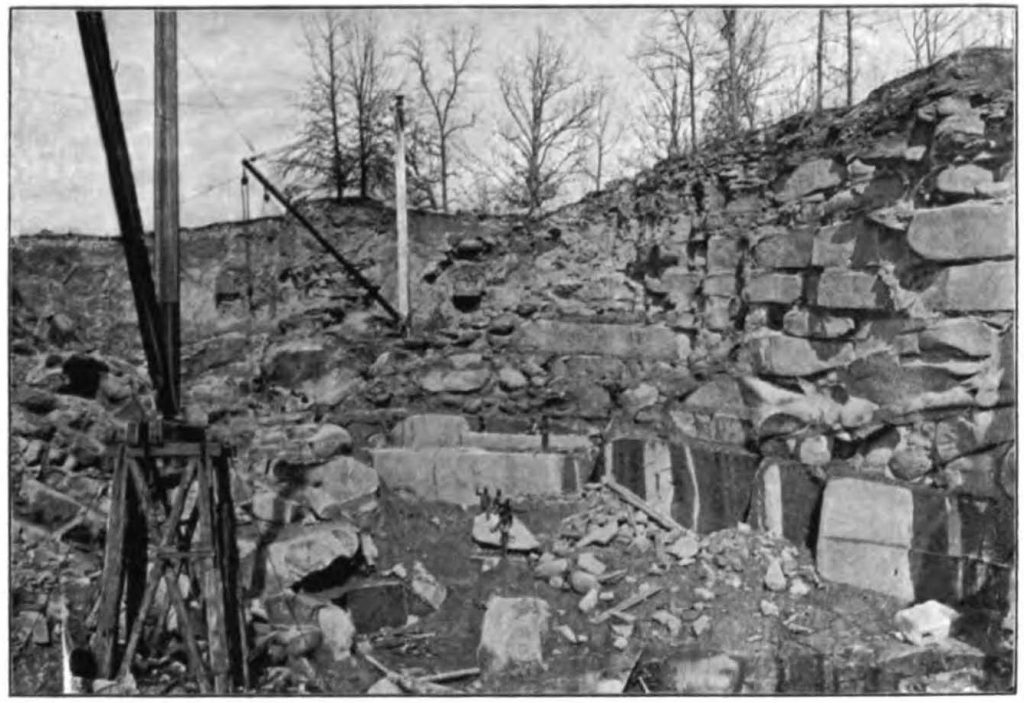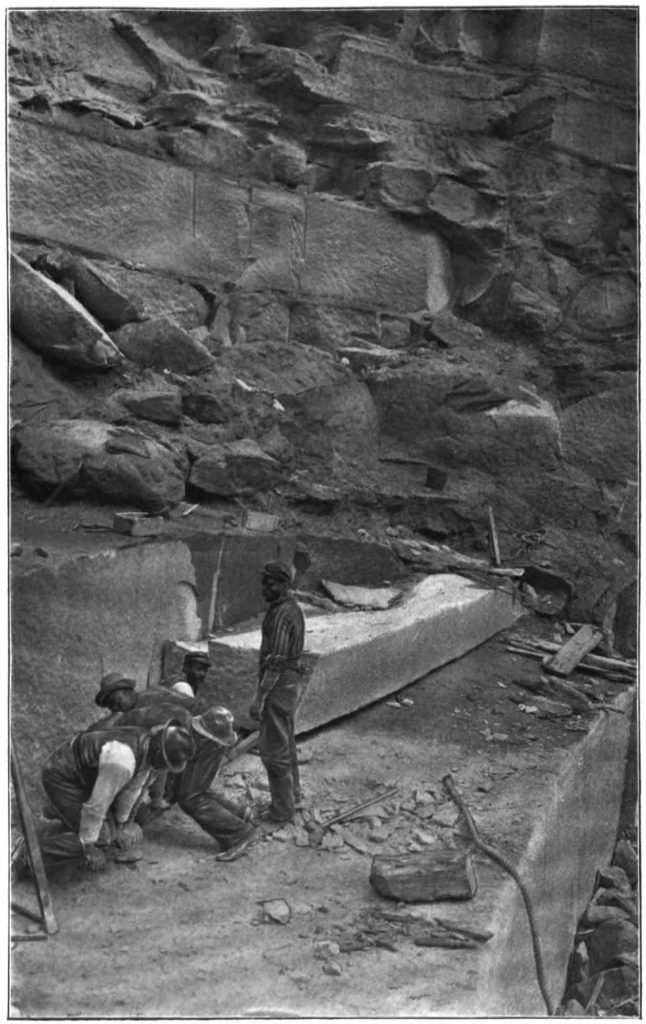Granite
The Granite Historic District is significant for its association with the granite quarrying industry in western Baltimore County in the 19th and early 20th centuries.
Originally known as Waltersville and renamed Granite due to its principal product, the village was the center of this industry. During its peak in the late 19th century, granite was used as the main source of building materials for major projects throughout the eastern seaboard. Granite from the Waltersville quarries was used in the construction of the Baltimore & Ohio Railroad in the 1830s, and later in such projects as the Library of Congress, the old Treasury Building, and parts of the inner walls of the Washington Monument in Washington, D.C.
The Granite Historic District comprises the focus of a rural quarrying community located in the Patapsco Valley of western Baltimore County, Maryland. Primarily dating from the late 19th and early 20th century, the resources within the district reflect a variety of building forms that characterized rural communities of the period in the region. Most of the houses are Late Victorian, of frame construction, two stories high, with a central cross gable. Also present are examples of workers' duplexes, and representatives of turn-of-the-century Queen Anne and Foursquare house types. The district retains a high level of integrity, with few significant alterations or modern intrusions.




